
Life is an American magazine published weekly from 1883 to 1972, as an intermittent "special" until 1978, a monthly from 1978 until 2000, and an online supplement since 2008. During its golden age from 1936 to 1972, Life was a wide-ranging weekly general-interest magazine known for the quality of its photography, and was one of the nation's most popular magazines, regularly reaching one-quarter of the population.

The American Legion, commonly known as the Legion, is a non-profit organization of United States war veterans headquartered in Indianapolis, Indiana. It comprises state, U.S. territory, and overseas departments, in turn, made up of local posts. The organization was formed on March 15, 1919, in Paris, France, by a thousand officers and men of the American Expeditionary Forces, and it was chartered on September 16, 1919, by the U.S. Congress.
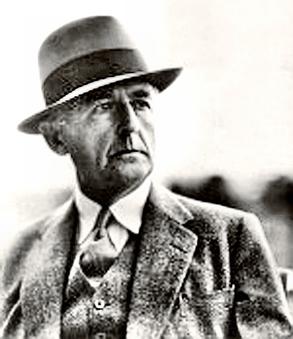
Condé Montrose Nast was an American publisher, entrepreneur and business magnate. He founded Condé Nast, a mass media company, and published titles such as Vanity Fair, Vogue and The New Yorker.

Collier's was an American general interest magazine founded in 1888 by Peter Fenelon Collier. It was launched as Collier's Once a Week, then renamed in 1895 as Collier's Weekly: An Illustrated Journal, shortened in 1905 to Collier's: The National Weekly and eventually to simply Collier's. The magazine ceased publication with the issue dated the week ending January 4, 1957, although a brief, failed attempt was made to revive the Collier's name with a new magazine in 2012.

Samuel Hopkins Adams was an American writer who was an investigative journalist and muckraker.

Argosy was an American magazine. It was founded in 1882 as The Golden Argosy, a children's weekly, edited by Frank Munsey and published by E. G. Rideout. Munsey took over as publisher when Rideout went bankrupt in 1883, and after many struggles made the magazine profitable. He shortened the title to The Argosy in 1888 and targeted an audience of men and boys with adventure stories. In 1894 he switched it to a monthly schedule and in 1896 he eliminated all non-fiction and started using cheap pulp paper, making it the first pulp magazine. Circulation had reached half a million by 1907, and remained strong until the 1930s. The name was changed to Argosy All-Story Weekly in 1920 after the magazine merged with All-Story Weekly, another Munsey pulp, and from 1929 it became just Argosy.
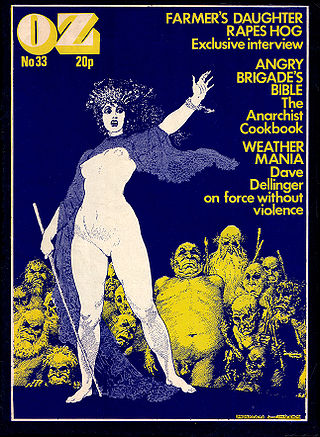
The terms underground press or clandestine press refer to periodicals and publications that are produced without official approval, illegally or against the wishes of a dominant group. In specific recent Asian, American and Western European context, the term "underground press" has most frequently been employed to refer to the independently published and distributed underground papers associated with the counterculture of the late 1960s and early 1970s in India and Bangladesh in Asia, in the United States and Canada in North America, and the United Kingdom and other western nations. It can also refer to the newspapers produced independently in repressive regimes. In German occupied Europe, for example, a thriving underground press operated, usually in association with the Resistance. Other notable examples include the samizdat and bibuła, which operated in the Soviet Union and Poland respectively, during the Cold War.
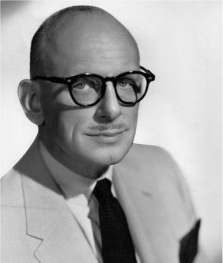
Lev Gleason Publications, founded by Leverett Stone Gleason (1898–1971), was the publisher of a number of popular comic books during the 1940s and early 1950s, including Daredevil Comics, Crime Does Not Pay, and Boy Comics.

A partwork is a written publication released as a series of planned magazine-like issues over a period of time. Issues are typically released on a weekly, fortnightly or monthly basis, and often a completed set is designed to form a reference work on a particular topic.
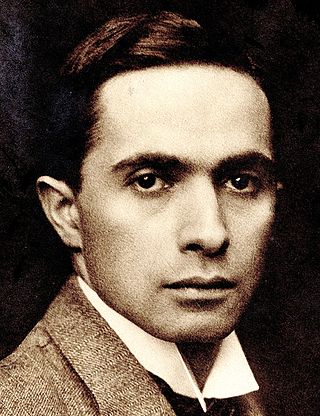
Joseph Christian Leyendecker was one of the most prominent and financially successful freelance commercial artists in the U.S. He was active between 1895 and 1951 producing drawings and paintings for hundreds of posters, books, advertisements, and magazine covers and stories. He is best known for his 80 covers for Collier's Weekly, 322 covers for The Saturday Evening Post, and advertising illustrations for B. Kuppenheimer men's clothing and Arrow brand shirts and detachable collars. He was one of the few known gay artists working in the early-twentieth century U.S.
La Salle Extension University (LSEU), also styled as LaSalle Extension University, was a nationally accredited private university based in Chicago, Illinois. Although the school offered resident educational programs in classes and seminars their primary mode of delivery was by way of distance learning. LSEU was in operation from 1908 until 1982.
Elias St. Elmo Lewis was an American advertising advocate. He wrote and spoke prolifically about the potential of advertising to educate the public. He was inducted into the Advertising Hall of Fame posthumously, in 1951. He is the author of AIDA marketing model.
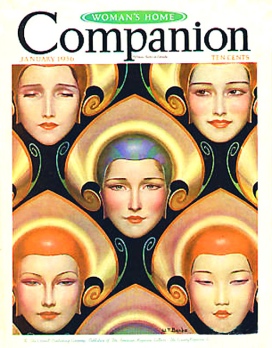
Woman's Home Companion was an American monthly magazine, published from 1873 to 1957. It was highly successful, climbing to a circulation peak of more than four million during the 1930s and 1940s. The magazine, headquartered in Springfield, Ohio, was discontinued in 1957.

Eli Waldron was an American writer and journalist whose primary work consisted of short stories, essays, and poetry. His writings were published in literary journals and popular periodicals. From the 1950s to 1970s he contributed stories and essays to The New Yorker, and in the 1960s and 1970s, a number of his poems and experimental fiction works appeared in underground, alternative, and "counter-culture" publications, such as The Illustrated Paper, Rat Subterranean News, Underground, The Village Voice, and The Woodstock Times.
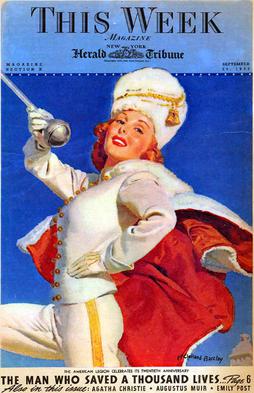
This Week was a nationally syndicated Sunday magazine supplement that was included in American newspapers between 1935 and 1969. In the early 1950s, it accompanied 37 Sunday newspapers. A decade later, at its peak in 1963, This Week was distributed with the Sunday editions of 42 newspapers for a total circulation of 14.6 million.

George Presbury Rowell was an American advertising executive and publisher. He founded Printers' Ink, the first advertising trade magazine, in 1888.

William Dana Orcutt (1870-1953) was an American book designer, typeface designer, historian, and author.
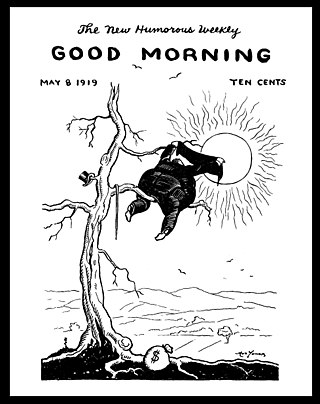
Good Morning was an American political humor magazine published launched in May 1919 by Ellis O. Jones, formerly an associate editor of Life magazine and veteran radical cartoonist Art Young. Both had worked together on the staff of the left wing monthly The Masses. Funded in large part by donations, the magazine was financially troubled from the outset and over time it was forced to decrease in frequency from weekly to semi-monthly to monthly. Costs still continued to outstrip revenues, however, and the publication was terminated in October 1921. An effort by Young to revive the publication in 1922 as the Art Young Quarterly failed after just a single issue.
Crowell-Collier Publishing Company was an American publisher that owned the popular magazines Collier's, Woman's Home Companion and The American Magazine. Crowell's subsidiary, P.F. Collier and Son, published Collier's Encyclopedia, the Harvard Classics, and general interest books.
















